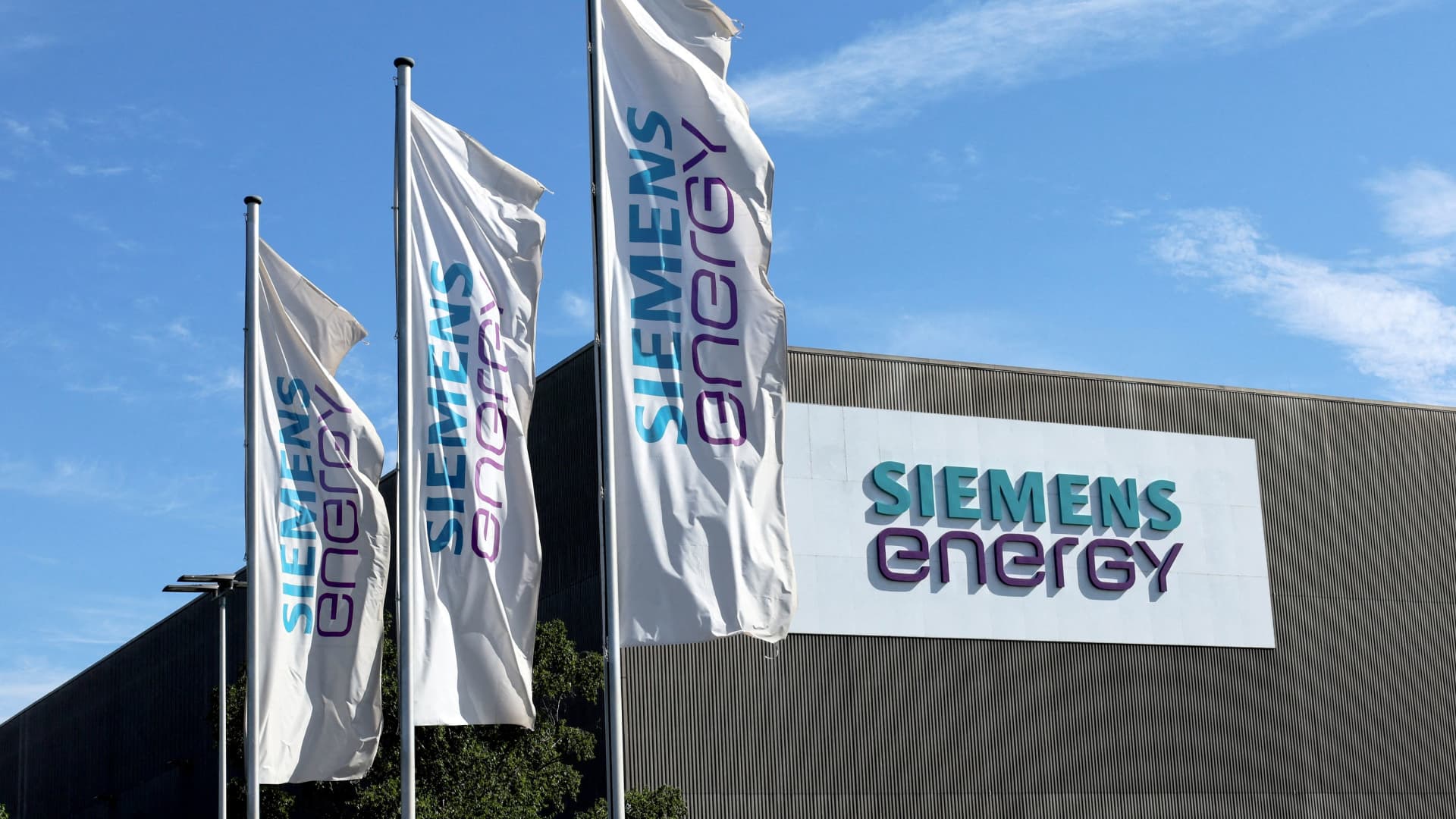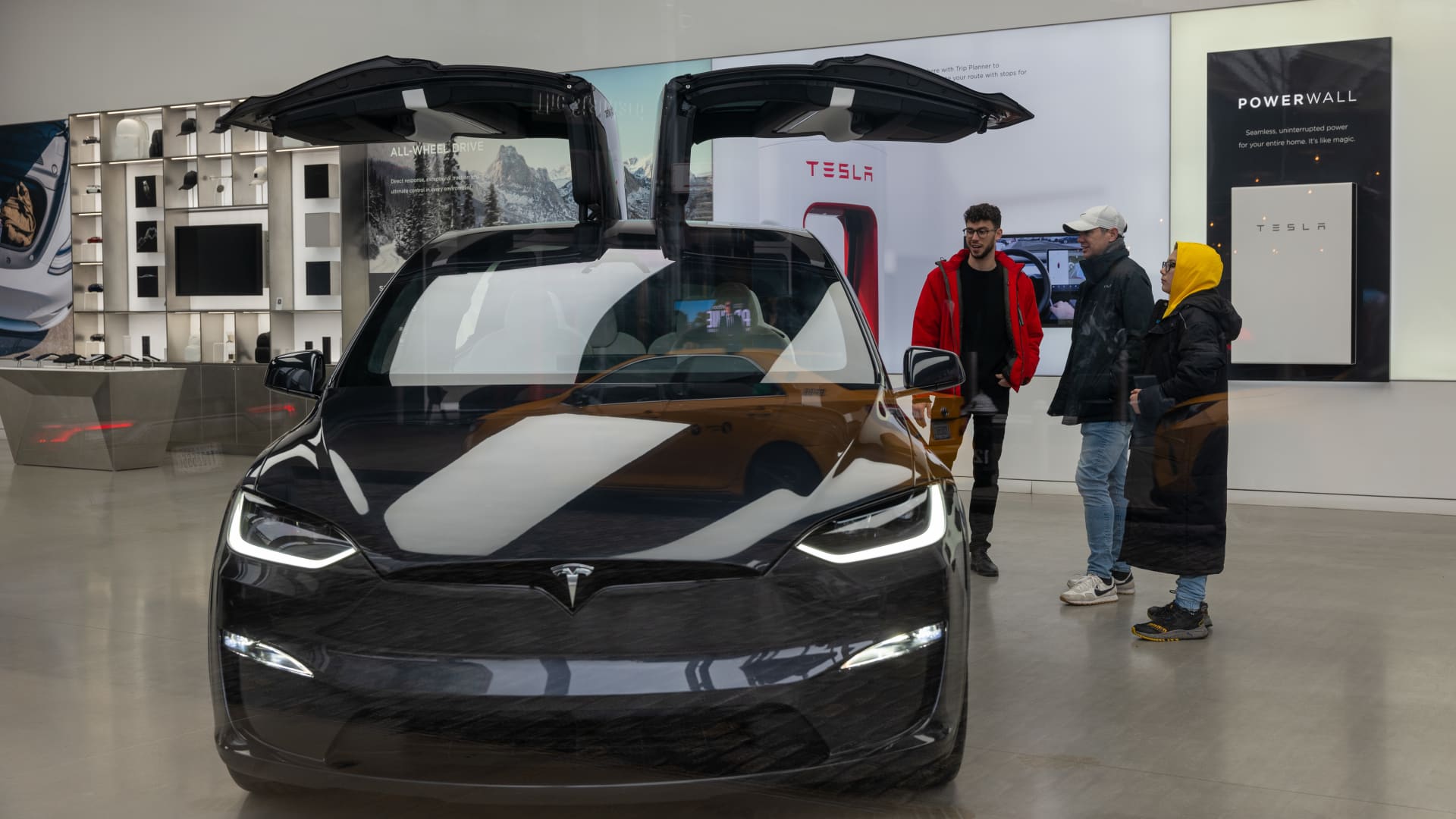The ICE Age Ends: How Electric Cars Are Shutting Down Gas Stations & Garages


Owning a gasoline-powered car has long meant convenience, and relatively cheap convenience at that. Affordable fuel around every corner, quick oil changes, and easy repairs. As electric vehicle adoption accelerates past critical mass, this convenience will rapidly unravel. Gas stations will close, oil-change shops will disappear, and basic maintenance costs will climb sharply. Welcome to the new reality of internal combustion, where keeping your car on the road grows harder and more expensive by the day.
In the first two articles of this series, I explored how electric vehicle adoption follows predictable patterns of technology diffusion. The initial article outlined three critical theories: the diffusion of innovations model, the logistic growth or s-curve framework, and the dynamics of complex adaptive aystems. Together, these theories help explain why technological transitions start slowly but then accelerate sharply once specific adoption thresholds are crossed.
In the second article, I looked closely at the early signals of this transition, particularly the crucial 5% to 15% adoption window. During this period, infrastructure investments, government incentives, and shifts in consumer perceptions quietly lay the groundwork for major transformations. Recognizing these early signs is essential because they provide clues about how quickly and significantly a market will change once adoption accelerates further.
This third article in the series examines what happens after crossing the critical chasm between niche early adopters and mainstream acceptance. Geoffrey Moore introduced the term crossing the chasm to describe how technologies must move from early adopters, who are comfortable taking risks, to the early majority, who value practicality, convenience, and affordability. Successfully crossing this chasm matters because it represents the point at which a new technology becomes viable for most consumers. It is also when adoption accelerates dramatically and begins reshaping markets, economies, and infrastructures.
We have seen this dynamic before with other technologies. Around 2010 to 2012, smartphones crossed the chasm, moving from specialized devices used by a small group to widespread adoption by the general population. Similarly, streaming video services transitioned rapidly after 2012 from niche alternatives to dominant forms of home entertainment, quickly replacing physical DVDs. Digital cameras passed the same tipping point in the mid-2000s, overtaking film photography and causing the decline of film-related businesses such as Kodak. Each of these examples demonstrates how quickly industries can be transformed once critical adoption levels are reached.
With electric vehicles, crossing the chasm involves a combination of policy shifts, infrastructure expansion, economic incentives, and consumer behavior changes. One of the strongest policy signals is the tightening of European Union regulations on automotive CO₂ emissions. The EU mandates that automakers reduce the average emissions of new vehicles by approximately 55% by 2030, compared to 2021 levels. Meeting these targets essentially requires widespread EV adoption by car manufacturers. Automotive companies must therefore shift their production quickly toward electric models, reducing investment in internal combustion engines and setting the stage for rapid changes in the vehicle market.
At the same time, cities across Europe are implementing local policies to accelerate EV adoption. Low-emission zones and restrictions on diesel and gasoline vehicles in urban areas directly influence consumer choices. Cities like Paris, Amsterdam, Brussels, and Berlin have enacted or expanded low-emission zones that restrict internal combustion vehicles. I’ve experienced these zones personally over the past few weeks, visiting multiple European cities after my work on 2050 scenario planning with Dutch transmission system operator on 2050 scenario planning. These measures significantly affect consumer decisions, pushing more buyers toward electric vehicles even if they previously considered sticking with gasoline or diesel.
Infrastructure growth is another crucial indicator that EV adoption has crossed into the acceleration phase. Public charging networks are expanding rapidly across Europe, especially in markets where EV adoption is already significant. Between 2023 and 2025, Germany saw the growth rate of public charging points rise by approximately 35% each year. In the Netherlands, public charging stations exceeded 100,000 units by early 2024, reflecting rapid infrastructure buildout driven by strong government incentives and consumer demand.
Home charging infrastructure is also rapidly becoming commonplace, with new residential construction across Germany, France, and Sweden required by law to include EV-ready charging infrastructure. These regulatory requirements ensure that charging convenience improves significantly as EV adoption climbs past the 15% mark, further reinforcing the shift to electric vehicles among the early majority of consumers.
Economic signals clearly reflect the broader shift toward EVs. Once adoption crosses the chasm, resale values of internal combustion vehicles start to decline rapidly. In Norway, this phenomenon became evident around 2018 to 2020, with gasoline and diesel vehicle values declining significantly as EV sales approached 50%. Similar trends are beginning to emerge elsewhere in Europe post-2023. Consumers increasingly prefer electric vehicles due to lower operating costs and fewer regulatory barriers, putting downward pressure on the values of traditional cars.
Insurance premiums also provide a clear economic signal. Insurance companies across Europe are adjusting their pricing strategies to account for the increasing costs and risks associated with internal combustion vehicles. These vehicles face higher insurance rates due to expected depreciation, increased maintenance costs, and tighter emissions regulations. By contrast, insurance for electric vehicles remains stable or declines as insurers recognize EVs as lower risk and easier to maintain. Recent insurance industry reports indicate that the gap between ICE and EV insurance costs is widening steadily from 2023 onward, further driving consumers toward electric options.
These economic signals align closely with earlier market transitions. Digital photography saw similar resale value declines for film cameras once digital adoption accelerated past critical thresholds. Likewise, streaming media adoption accelerated sharply after about 15% household penetration, quickly making physical DVDs economically obsolete. Each example underscores the power of economic signals to reshape markets rapidly once adoption crosses the chasm.
An early but visible sign of the automotive transition is the initial closure of gasoline stations and service garages focused on internal combustion vehicles. As EV adoption surpasses the 15% level, demand for gasoline and diesel declines notably. Between 2023 and 2025, gasoline consumption in countries like the Netherlands began declining measurably. Independent fuel stations in Germany and Scandinavia have started closing or converting to EV charging hubs. Large oil companies are now pivoting away from gasoline retail operations, investing instead in charging infrastructure to secure their future in the mobility market.
Specialized service providers such as muffler shops, oil change facilities, and brake repair garages face particularly immediate impacts from growing electric vehicle adoption. These businesses have historically relied heavily on frequent routine maintenance required by internal combustion engines. With electric cars surpassing 15% market share and moving toward 40%, the demand for these specific services declines sharply, threatening the core business models of these establishments.
Muffler and exhaust repair shops are among the earliest and hardest-hit segments of the automotive service industry. Electric vehicles do not have exhaust systems, catalytic converters, or mufflers. As EV market penetration grows, these specialty shops see rapid declines in customer visits. Independent muffler businesses across Europe, especially smaller operators unable to diversify their services, face significant financial stress and closures. Larger chains have attempted to adapt by expanding into other automotive repair sectors, but many smaller shops lack the capital or workforce flexibility to make similar adjustments.
Oil change facilities face comparable challenges. Traditional combustion engines require regular oil changes, typically every 5,000 to 10,000 kilometers, creating a reliable source of steady revenue. Electric vehicles eliminate engine oil entirely. While hybrid vehicles still require periodic oil changes, the frequency is significantly lower than conventional vehicles. With pure electric vehicle sales climbing rapidly, the number of vehicles needing regular oil changes shrinks quickly. This trend has already led to noticeable declines in revenue at dedicated oil-change businesses in markets like Norway, the Netherlands, and parts of Germany, with closures increasingly reported from 2023 onwards.
Brake repair shops initially face a less immediate but still notable decline. Electric vehicles use regenerative braking systems that significantly reduce wear on traditional brake pads and rotors. As a result, brake maintenance intervals become much longer for EVs compared to combustion engine cars. Shops focused on brake services therefore experience declining customer visits and reduced revenues as more electric vehicles enter the market. Some brake specialists in Scandinavia and Germany have started pivoting toward other automotive maintenance areas, such as tire services or alignment adjustments, but many face challenges adapting quickly enough.
For the everyday internal combustion vehicle owner, the shift in the automotive landscape is increasingly tangible. What once was a quick stop at a local fuel station is now a longer detour, as more gas stations shut down or convert to electric charging hubs. Routine maintenance has become less routine, with fewer shops offering oil changes or muffler repairs, and those that remain often charging more due to declining volume and rising overhead. Insurance premiums are climbing as insurers adjust to the growing risk profile of older combustion vehicles. Even resale values are falling faster, leaving owners with depreciating assets and fewer buyers. Competition for the decreasing market actually increases as multiple competitors exit, typically increasing costs for owners of internal combustion vehicle owners. These changes compound, making what was once the default and convenient choice an increasingly expensive and inconvenient one.
These early impacts on specialized automotive maintenance businesses provide clear warning signs of broader economic disruptions ahead. Policymakers, local communities, and industry associations must recognize these pressures early, implementing support measures and workforce retraining programs to mitigate economic damage. Ignoring these signals risks substantial local job losses and business failures. By understanding these effects now, stakeholders can plan effectively, assisting workers and business owners in making timely transitions into new roles or services aligned with an increasingly electric automotive future.
Understanding these dynamics through historical parallels helps prepare policymakers and businesses for rapid automotive market changes. Just as smartphone adoption quickly reshaped telecommunications after crossing the chasm, and digital cameras rapidly displaced film photography, the automotive industry is now poised for similar disruption. Early recognition and preparation for this acceleration phase are essential. Investments in infrastructure, policy alignment, workforce retraining, and clear consumer communication are crucial steps during this pivotal moment. Recognizing that the shift from niche to mainstream is happening now gives stakeholders an important opportunity to manage the transition proactively and effectively.
Sign up for CleanTechnica’s Weekly Substack for Zach and Scott’s in-depth analyses and high level summaries, sign up for our daily newsletter, and follow us on Google News!
Have a tip for CleanTechnica? Want to advertise? Want to suggest a guest for our CleanTech Talk podcast? Contact us here.
Sign up for our daily newsletter for 15 new cleantech stories a day. Or sign up for our weekly one on top stories of the week if daily is too frequent.
CleanTechnica uses affiliate links. See our policy here.
CleanTechnica’s Comment Policy
This post has been syndicated from a third-party source. View the original article here.




